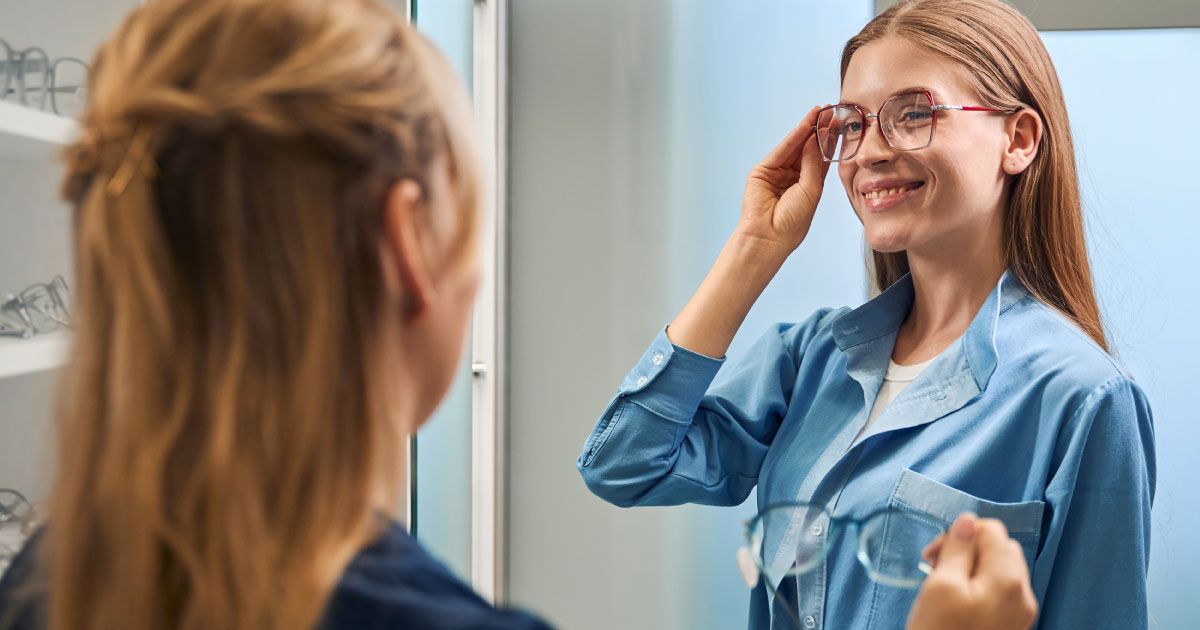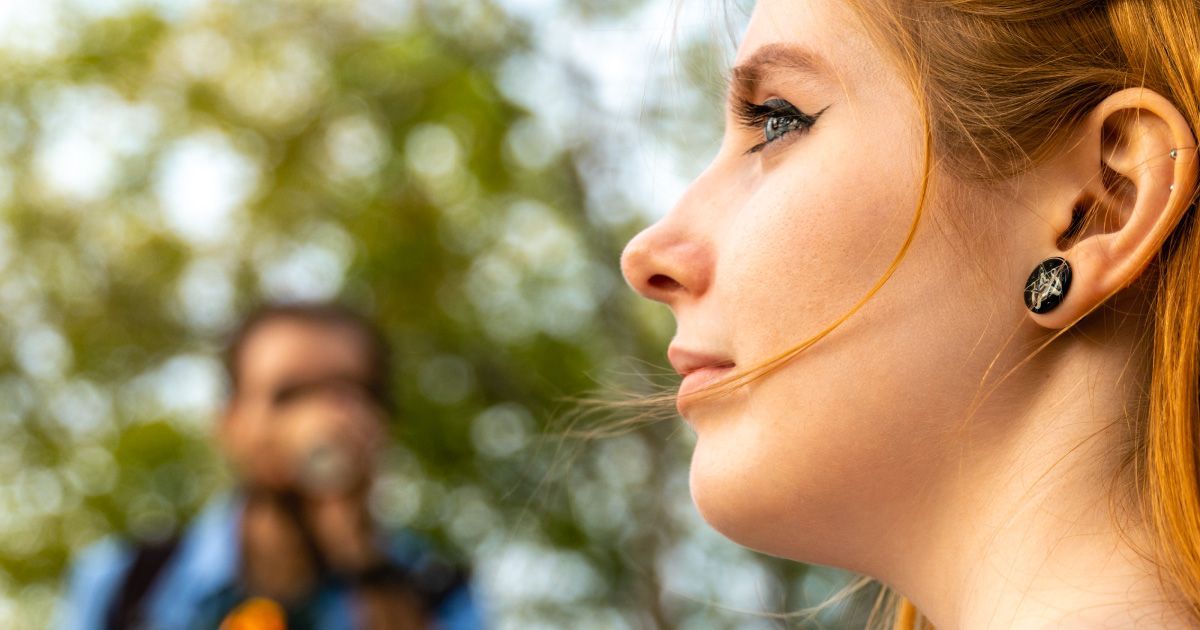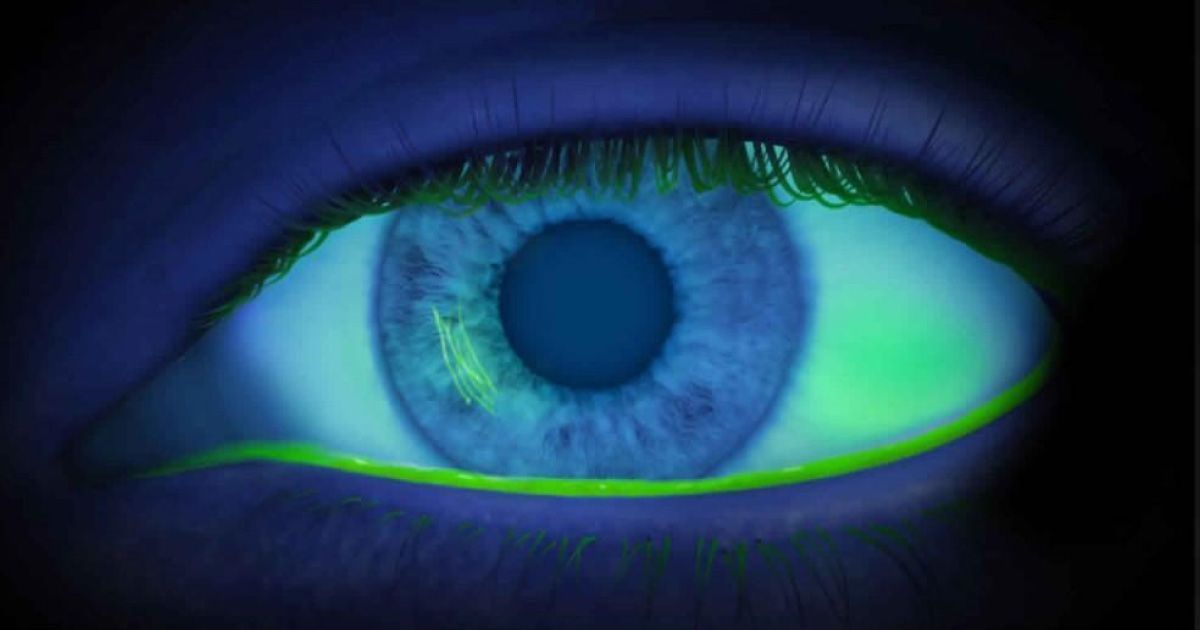What Does an Optician Do? Understanding Their Role in Eye Care

Read time: 4 minutes
When it comes to eye care, most people are familiar with optometrists and ophthalmologists, but opticians play an equally important role in ensuring you see clearly and comfortably. If you've ever had glasses or contact lenses fitted, chances are you’ve worked with an optician.
But what exactly does an optician do, and how do they differ from other eye care professionals? Let’s explore their responsibilities, skills, and how they contribute to maintaining your vision health.
What Is an Optician?
An optician is a trained professional who specializes in fitting and dispensing corrective eyewear, including prescription glasses and contact lenses. They work closely with optometrists and ophthalmologists to ensure patients receive the right lenses for their needs. However, opticians do not diagnose eye conditions or prescribe treatments—their primary focus is on eyewear and vision correction.
Key Responsibilities of an Optician:
- Interpreting Vision Prescriptions – Opticians read and understand prescriptions from optometrists or ophthalmologists to create accurate lenses.
- Helping Patients Choose Eyewear – They assist customers in selecting frames that suit their face shape, style preferences, and lifestyle needs.
- Adjusting and Fitting Glasses – Opticians ensure that eyeglasses sit properly on the face for maximum comfort and effectiveness.
- Measuring Pupillary Distance & Frame Alignment – Proper lens placement is crucial for clear vision, and opticians take precise measurements to align lenses correctly.
- Educating on Lens Options – They explain the differences between lens materials, coatings (e.g., anti-glare, blue light filtering), and progressive vs. bifocal lenses.
- Fitting & Training for Contact Lenses – Some opticians help patients with initial contact lens fittings and teach them how to use and care for their lenses.
- Performing Minor Repairs – They may tighten screws, replace nose pads, or make small adjustments to improve comfort and function.
- Using Advanced Lens Technology – Many opticians are skilled in using digital tools to design high-precision lenses tailored to a patient’s specific vision needs.
- Providing Personalized Solutions – They consider factors like work environment, hobbies, and daily activities when recommending eyewear solutions.
How Opticians Differ from Optometrists and Ophthalmologists
While all three professionals work in eye care, they have distinct roles.
- Opticians focus on eyewear fitting and dispensing but do not conduct eye exams or diagnose conditions. Their expertise is in helping patients get the best visual clarity and comfort from their corrective lenses.
- Optometrists perform eye exams, prescribe corrective lenses, and detect eye diseases. If you need a new prescription or are experiencing vision problems, you’ll see an optometrist first.
- Ophthalmologists are medical doctors who specialize in treating eye diseases and performing surgery. If you require cataract surgery, laser eye correction, or treatment for serious eye conditions, an ophthalmologist will handle your care.
Opticianry Training & Education
Do Opticians Need Special Training? Yes! Opticians undergo specialized training to gain expertise in eyewear fitting, lens technology, and optical measurements. Depending on the region, they may complete:
- ✔ A formal certification or diploma program in opticianry
- ✔ An apprenticeship with hands-on experience
- ✔ Licensing exams (in states or countries that require them)
Many opticians continue their education to stay updated on new lens technologies, frame materials, and digital measuring tools that improve vision correction.
When You Should See an Optician
You should visit an optician when you need:
- New prescription glasses or sunglasses
- Help choosing frames or lenses that fit your lifestyle
- Adjustments or repairs for your current eyewear
- Expert advice on lens coatings and materials
- Guidance on contact lens care and fittings
If you're experiencing blurry vision, eye pain, or symptoms of an eye disease, however, you should schedule an appointment with an optometrist or ophthalmologist instead.
The Experts Behind Every Pair of Glasses
A skilled optician does more than hand you a pair of glasses—they use precision, craftsmanship, and personalized service to ensure your vision correction is both effective and comfortable. They stay up-to-date on advancements in lens technology, fashion trends in eyewear, and the latest in digital lens manufacturing.
Some opticians even specialize in high-performance sports eyewear, pediatric eyewear, or specialty lenses for conditions like keratoconus or post-surgical recovery.
The Takeaway
At Urban Optiks Optometry, our friendly and professional staff is dedicated to delivering exceptional customer service and personalized care.
Our expert opticians provide high-quality, customized eyewear to match your unique vision needs. Whether you're looking for the perfect frames from our curated selection of fashionable eyewear, need a lens upgrade, or want a comfortable contact lens fit, we’re here to help! Visit us and experience eye care that goes beyond expectations.
Share this blog post on social or with a friend:
The information provided in this article is intended for general knowledge and educational purposes only and should not be construed as medical advice. It is strongly recommended to consult with an eye care professional for personalized recommendations and guidance regarding your individual needs and eye health concerns.
All of Urban Optiks Optometry's blog posts and articles contain information carefully curated from openly sourced materials available in the public domain. We strive to ensure the accuracy and relevance of the information provided. For a comprehensive understanding of our practices and to read our full disclosure statement, please click here.


















